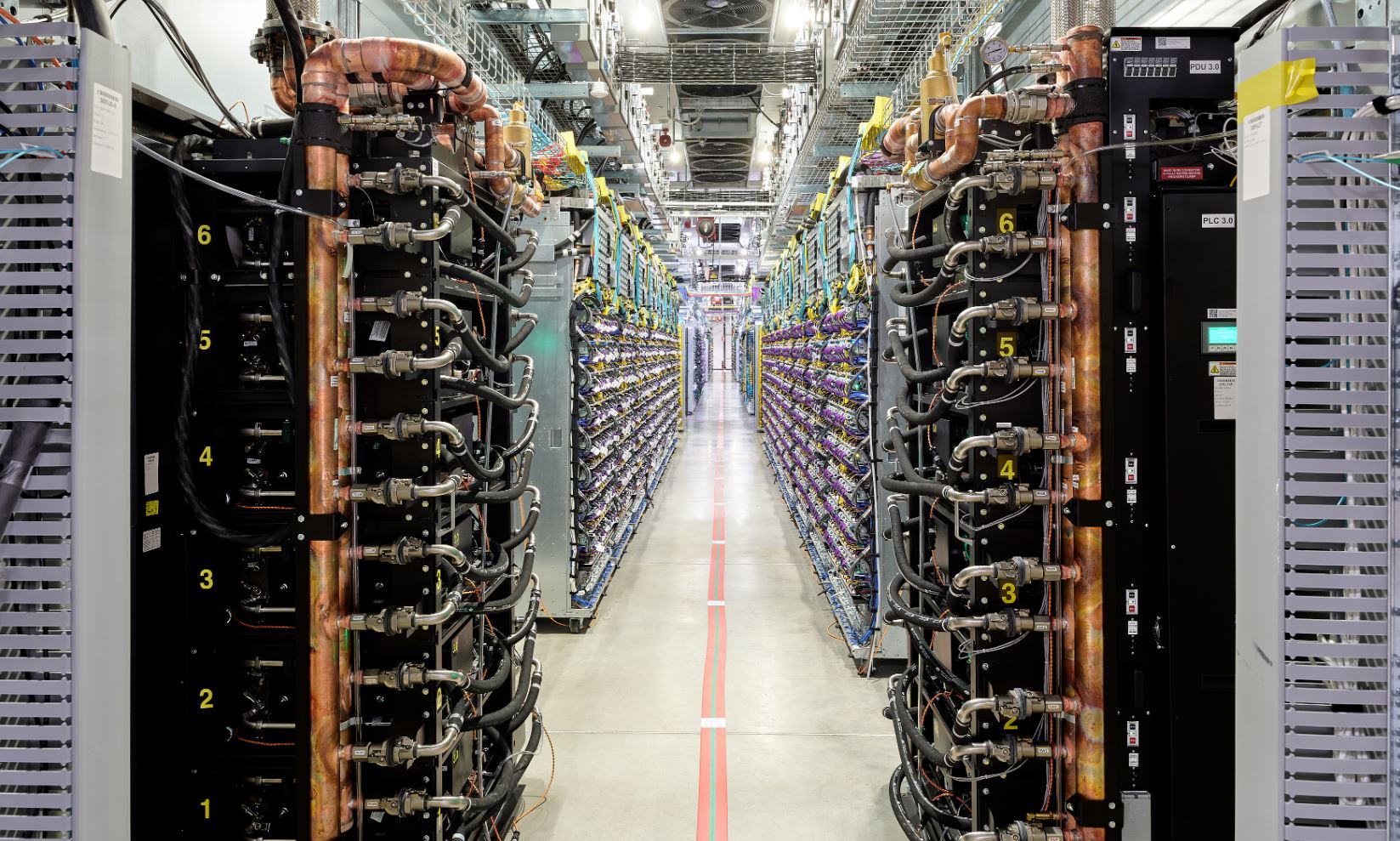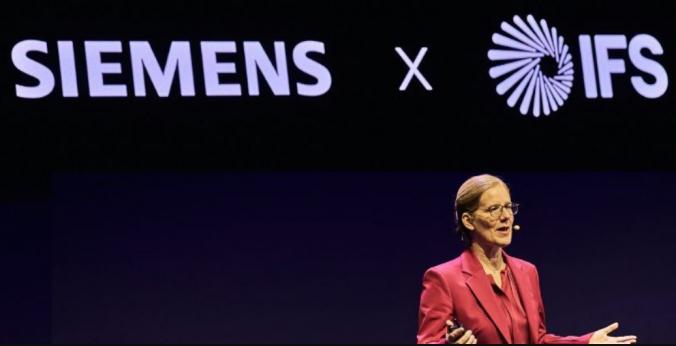Data Center Market to Exceed $1 Trillion by 2035
A landmark new report from DC Market Insights reveals a historic period of growth in the global data center market.
The market was valued at $224,617.23 million in 2020 and is projected to reach $385,706.29 million by 2025.
This strong growth is expected to continue, with the market estimated to reach an unprecedented $1,055,829.83 million (over $1 trillion) by 2035, growing at a steady compound annual growth rate (CAGR) of 10.54% during the forecast period.This tremendous growth reflects the central role of data centers as drivers of the global economy.
Key growth drivers
A significant portion of the market growth is directly attributable to the massive infrastructure build-out by hyperscale cloud service providers such as Amazon Web Services (AWS), Microsoft Azure, and Google Cloud.
These companies invest tens of billions of dollars annually in building huge data center campuses around the world to meet the growing demand for their cloud services.
Their expansion into new geographic areas and continuous capacity increases in existing availability zones create a chain reaction that increases demand for land, electricity, construction services, and advanced equipment, thereby accelerating the entire data center supply chain.
Key barriers to growth
Data centers require enormous and highly reliable power sources. In many key markets, such as Northern Virginia and Silicon Valley, local power grids are reaching their capacity limits, making it difficult or even impossible to supply electricity to new projects.
The enormous energy and water consumption of data centers has placed the industry under strict environmental scrutiny. Growing pressure from governments, local communities, investors, and customers is forcing operators to aggressively pursue sustainability.
This includes sourcing hard-to-find 24/7 carbon-free energy, implementing advanced water-saving cooling technologies, and navigating complex environmental permitting processes.
Public opposition to new projects—due to noise, resource consumption, and environmental impact—is a growing obstacle that can delay or derail development plans, making sustainable design and operation essential to maintaining operating licenses.
The boom in data center construction is straining the global supply chain for critical equipment. Delivery times for components such as high-voltage switchgear, transformers, and backup generators are often more than a year, causing significant project delays.
There is also a shortage of qualified engineers, construction managers, and operating technicians needed to design, build, and operate these highly complex facilities.
Industrialization of construction through prefabrication
To speed up time to market and improve quality control, data center construction is becoming increasingly industrialized. This trend includes factory-built and modular components that are manufactured in a factory and transported to the installation site.
This approach—from modular power supplies to complete all-in-one data center containers—significantly reduces on-site construction, minimizes weather delays, and ensures greater consistency and predictability in project delivery.
AI-based automation in action
Data center operations are becoming smarter and more automated thanks to the application of artificial intelligence. AIOps platforms analyze vast streams of operational data to predict equipment failures, optimize energy consumption in real time, and automate routine maintenance tasks.
The use of robotics, for example in server installation or replacement, is also becoming more common. This trend toward automation and predictive analytics is crucial for improving operational efficiency, increasing flexibility, and mitigating the effects of the ongoing shortage of skilled personnel—bringing the industry closer to the vision of a "lights-out" or semi-autonomous data center.Key opportunitiesAmid rapid growth and technological change, the data center market offers numerous lucrative opportunities for investment, innovation, and value creation.
Modernization of legacy enterprise data centers
A wide range of legacy, privately owned enterprise data centers remain in operation. Many of these facilities are inefficient, expensive to maintain, and poorly equipped to support modern, densely packed IT workloads.
This creates significant opportunities for service providers to help companies modernize their power and cooling systems or migrate workloads to more efficient colocation or public cloud services, resulting in significant cost savings and performance improvements.
Facilities built specifically for AI and HPCThe extreme infrastructure requirements of AI and high-performance computing create significant opportunities to develop specialized, purpose-built data centers. These facilities are designed to support extremely high power densities and advanced liquid cooling systems. By serving this demanding and rapidly growing market segment, operators can charge higher prices and position themselves at the forefront of next-generation computing infrastructure.
Expansion into new markets
With established centers in North America, Europe, and Asia-Pacific becoming overloaded and constrained, new markets in Africa, Latin America, and Southeast Asia are beginning their digital transformation.
The spread of the internet, data privacy requirements, and growing demand for cloud services are creating enormous new opportunities. Early movers who invest in the foundations of digital infrastructure can achieve significant long-term growth as these markets develop.
Regional analysis
Led by the United States, North America remains the world's largest market, driven by the massive concentration of hyperscale cloud providers and a highly developed digital economy.
Core markets such as Northern Virginia continue to grow, but due to electricity availability constraints and land shortages, development is shifting to new hubs such as Phoenix and Atlanta.
The Asia-Pacific region is the fastest-growing market, driven by rapid economic development, massive internet penetration, and data localization regulations.
Countries such as China and India are building infrastructure at a tremendous pace, while established centers such as Singapore, Tokyo, and Sydney continue to attract significant investment.
Europe is a mature market characterized by strong connectivity and a strong focus on sustainability and data protection. The FLAP-D markets (Frankfurt, London, Amsterdam, Paris, Dublin) remain key hubs with strong demand, although developments are increasingly shaped by regulatory barriers and the availability of renewable energy.
Other countries – including Latin America, the Middle East, and Africa – represent the next wave of growth. Government-led digital transformation and the proliferation of cloud services have spurred major investments in markets such as Brazil, Mexico, the United Arab Emirates, Saudi Arabia, and South Africa, elevating them to emerging digital infrastructure hubs.
Source: DC Market Insights






![EMR_AMS-Asset-Monitor-banner_300x600_MW[62]OCT EMR_AMS-Asset-Monitor-banner_300x600_MW[62]OCT](/var/ezwebin_site/storage/images/media/images/emr_ams-asset-monitor-banner_300x600_mw-62-oct/79406-1-eng-GB/EMR_AMS-Asset-Monitor-banner_300x600_MW-62-OCT.png)



